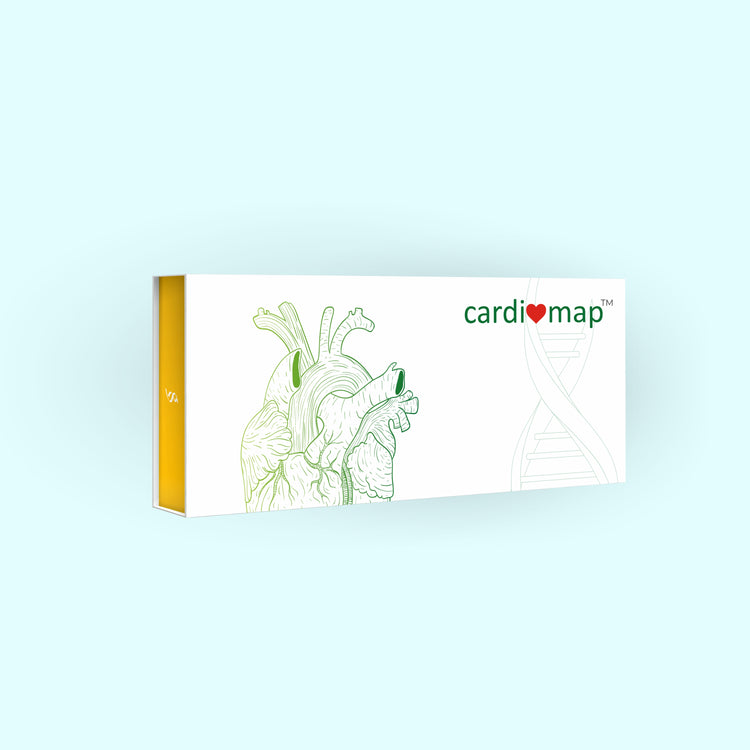Blood Pressure
Understanding Blood Pressure: Managing Your Heart Health
Blood pressure is a crucial indicator of cardiovascular health, representing the force of blood against the walls of arteries as the heart pumps it throughout the body. In this comprehensive guide, we will explore the impact of genetic factors on blood pressure, ways to recognize problems, strategies for improvement, and intriguing facts about this vital aspect of overall wellness.
Impact of Gene Variant
Genetics play a significant role in determining an individual‘s blood pressure levels. Certain gene variants can influence factors such as how the body regulates sodium, potassium, and fluid balance, which in turn affect blood pressure. For example, variations in genes encoding for enzymes involved in the renin-angiotensin-aldosterone system (RAAS) can impact blood pressure regulation. Additionally, genetic factors may influence the responsiveness to blood pressure medications, highlighting the importance of personalized treatment approaches based on genetic predispositions.
Ways to Recognize Problems
Monitoring blood pressure regularly is essential for early detection of potential issues. Symptoms of high blood pressure (hypertension) may include:
- Headaches: Frequent or persistent headaches, particularly at the back of the head, may indicate elevated blood pressure levels.
- Dizziness or Lightheadedness: Feeling dizzy or lightheaded, especially when standing up quickly, can be a sign of high blood pressure.
- Visual Changes: Blurred or double vision may occur in individuals with uncontrolled hypertension.
- Shortness of Breath: Difficulty breathing or shortness of breath, particularly during physical activity, may be associated with high blood pressure.
- Chest Pain: Chest pain or discomfort, often described as a tightness or pressure, may occur during episodes of severe hypertension and requires immediate medical attention.
On the other hand, low blood pressure (hypotension) may present with symptoms such as:
- Fatigue: Persistent tiredness or weakness, especially upon standing, may indicate low blood pressure.
- Fainting or Dizziness: Feeling faint or dizzy, particularly when transitioning from lying down to standing, may be a sign of low blood pressure.
- Nausea: Nausea or feeling lightheaded may occur with low blood pressure.
- Cold, Clammy Skin: Skin that feels cold, clammy, or pale may be a sign of low blood pressure.
Ways to Improve
Maintaining healthy blood pressure levels is essential for overall cardiovascular health. Here are some strategies to help improve blood pressure:
- Healthy Diet: Adopting a diet rich in fruits, vegetables, whole grains, lean proteins, and low-fat dairy products can help lower blood pressure. Focus on reducing sodium intake and limiting processed foods, sugary beverages, and saturated fats.

